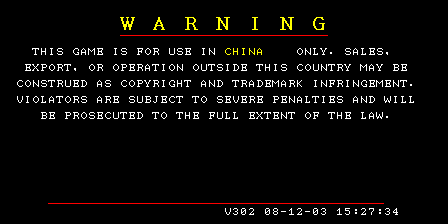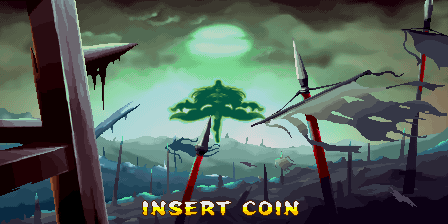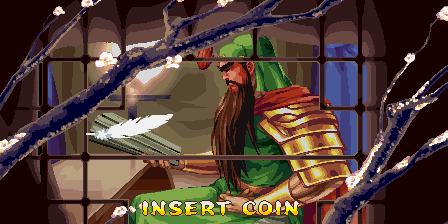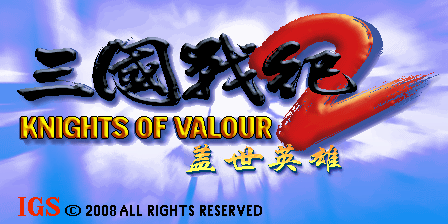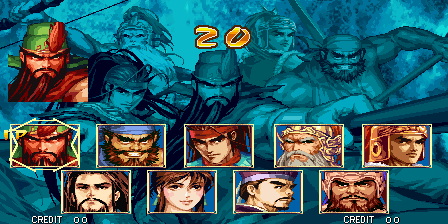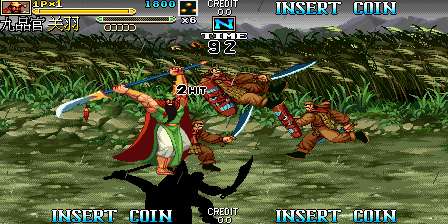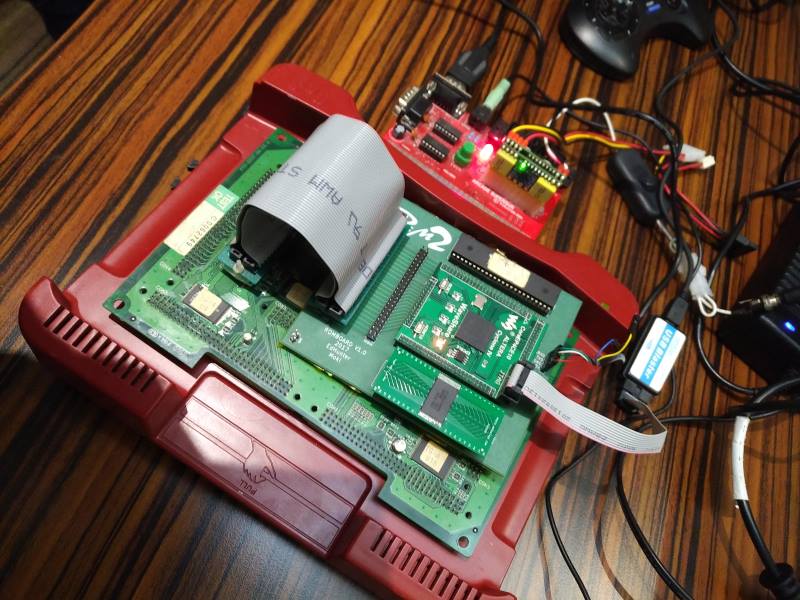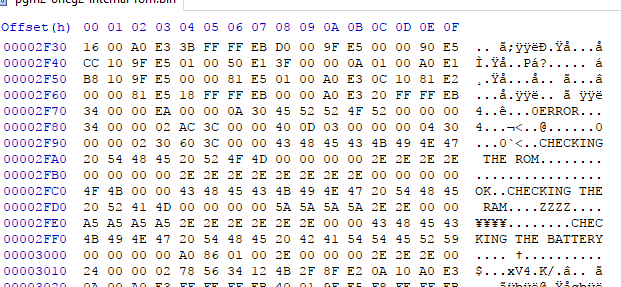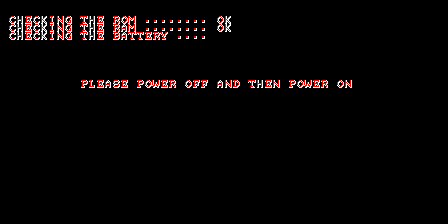fixed up some bugs in the ARM core, identified IRQ controller, located palette…

other layers aren’t yet emulated, but you can already see the palette uploads for what is running eg. the IGS logo
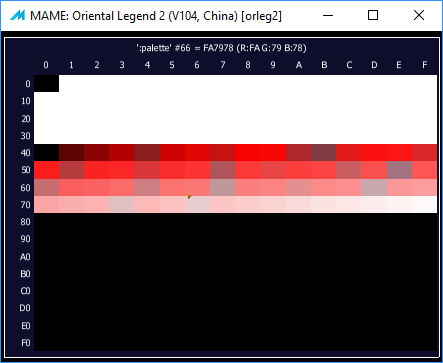
If you wait a while you get the ingame HUD for attract mode
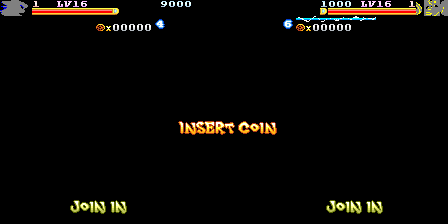
located the background tilemap data, not added to video mixing yet, but can see tilemap RAM content in tilemap viewer
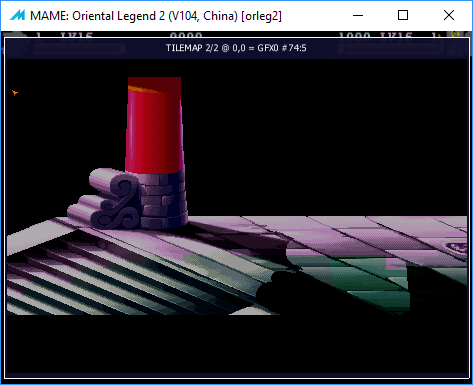
found sprite list. sprites use 1 rom for ‘mask’ (1bpp shape) and another for colour (5? bpp palette) Similar to PGM1, but not the same as the offsets to both are in the sprite list this time. hooked up the 1bpp mask data for now.



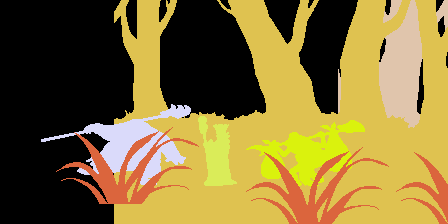
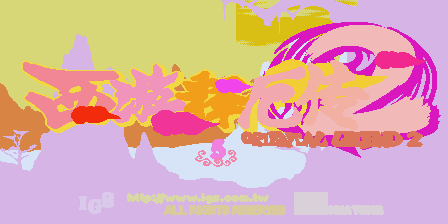
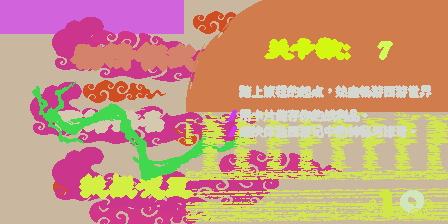
started hooking up colour data to the sprites, giving them detail, not quite right yet


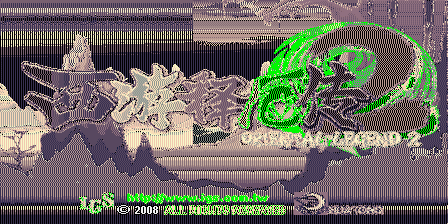
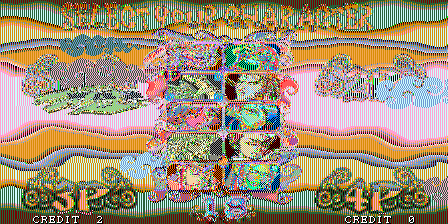
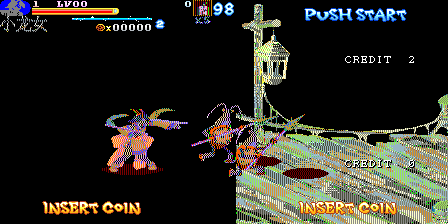
worked out the slight scramble on the colour data



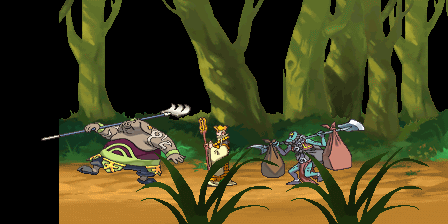
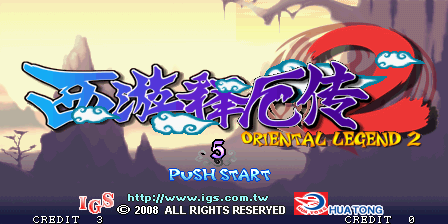
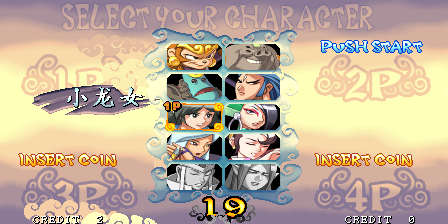
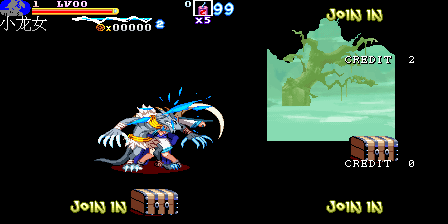
improved various things about the sprites, still some issues with y-flipped sprites tho
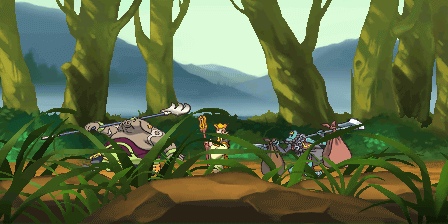
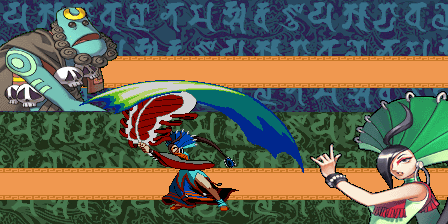


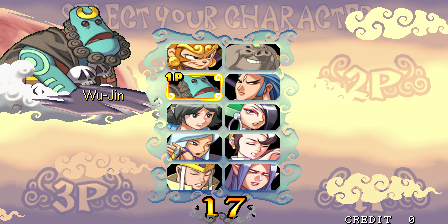
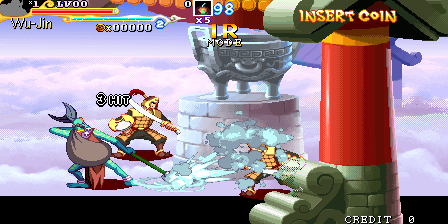
Metallic added preliminary sound, as I can’t demonstrate this in screenshots here’s a quick video
Content not available.
Please allow cookies by clicking Accept on the banner
started adding in the background layer (priority still wrong) and fixed the y-flipped sprites. still the odd sprite issue (actually looks like the badly coloured sprite in the 2nd to last screenshot should just be hidden by the bg and never seen) sprite zoom not yet implemented either. Metallic also made further sound improvements.
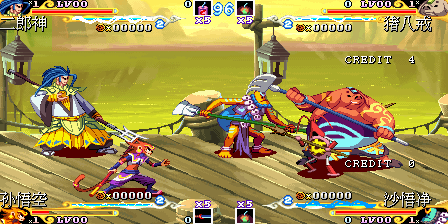

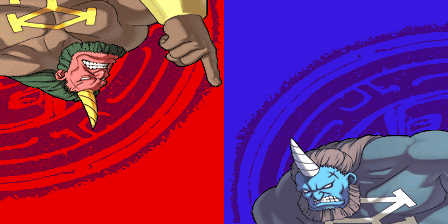
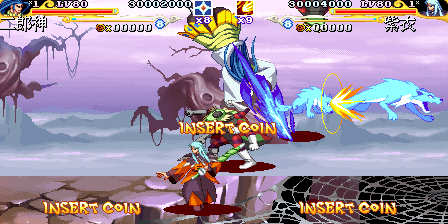
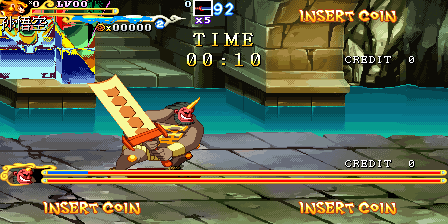
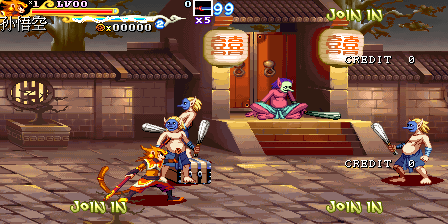
emulated sprite priorities, fixed a few other sprite bugs. most (all?) the features of the video needed by Oriental Legend 2 are now emulated, so it’s looking pretty good. made a new video
Content not available.
Please allow cookies by clicking Accept on the banner
added linescroll effects
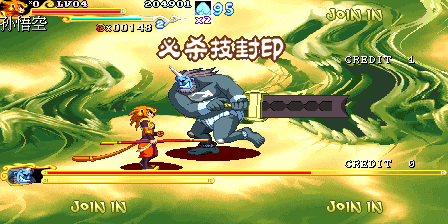
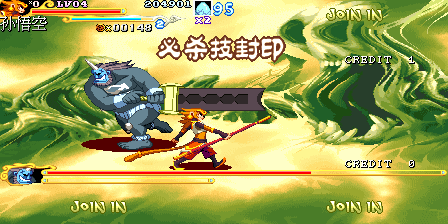

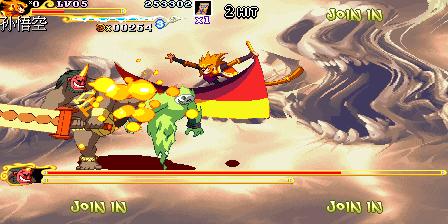

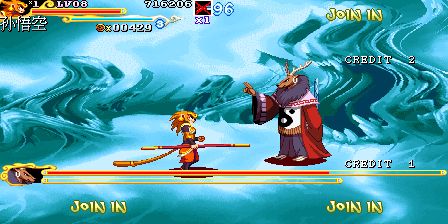
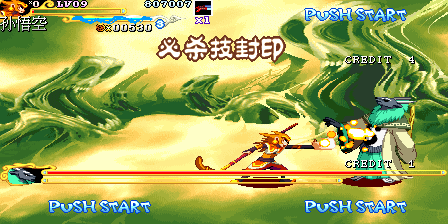
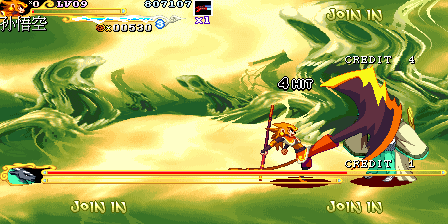
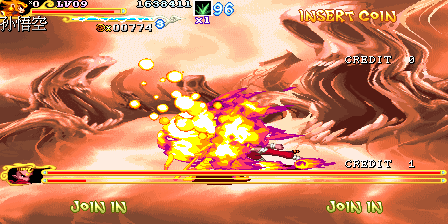

although annoyingly the game still seems to crash at this point.. even with no hacks etc. I’ve seen videos of the hacked build doing this too, so bit of a mystery at this point, maybe another ARM bug?
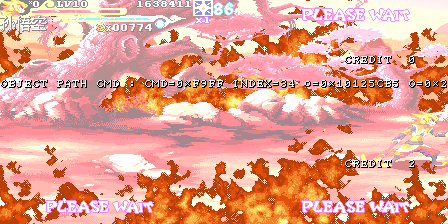
While I came up with a crude hack to work around the above crash (which probably isn’t safe) I’ve been unable to find a real solution yet, although the game is playable past this point with the hack.
PGM2 dumping is likely to resume on Wednesday, maybe having proper dumps of some of the other titles will throw more light on the issue.
